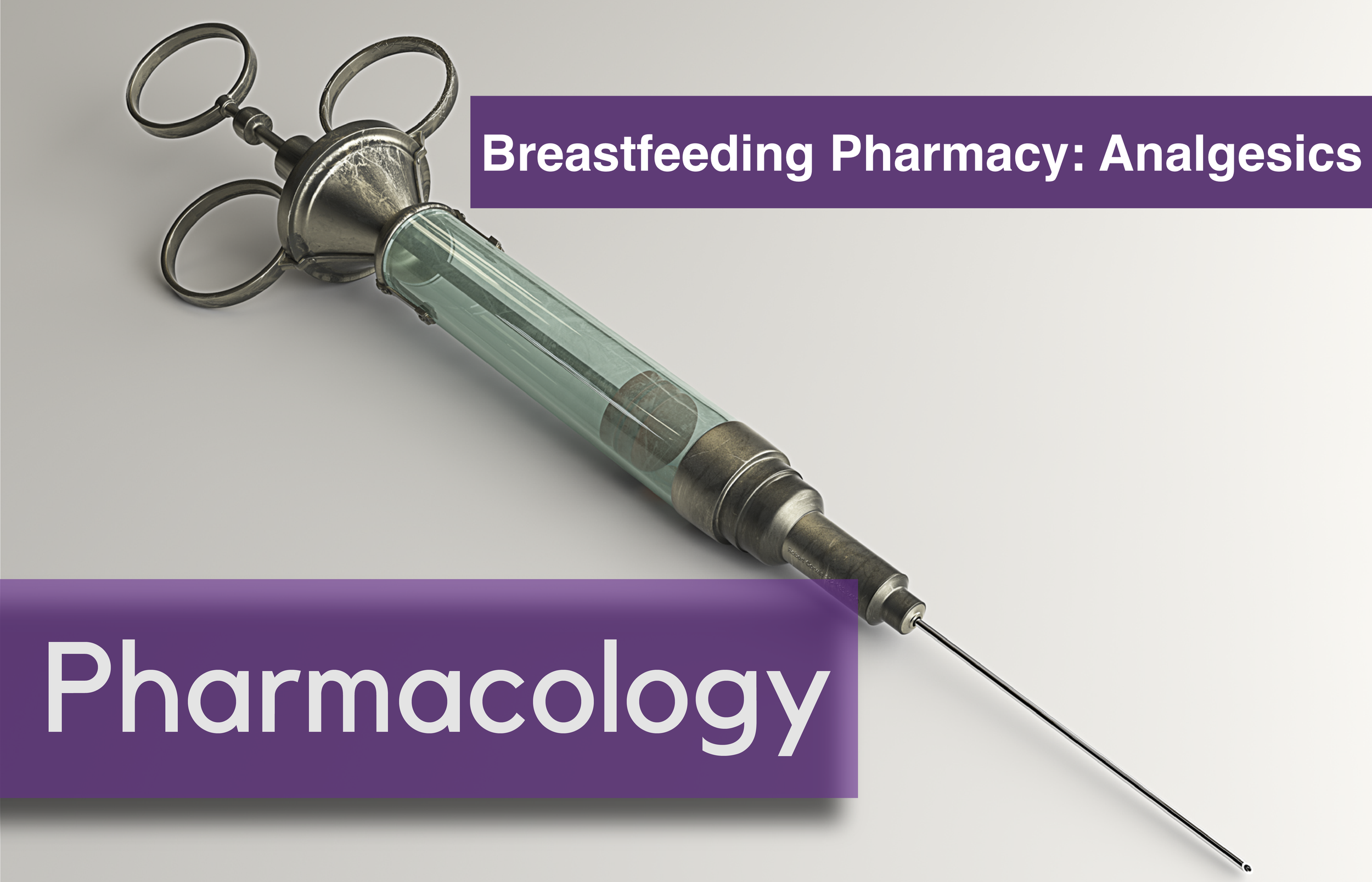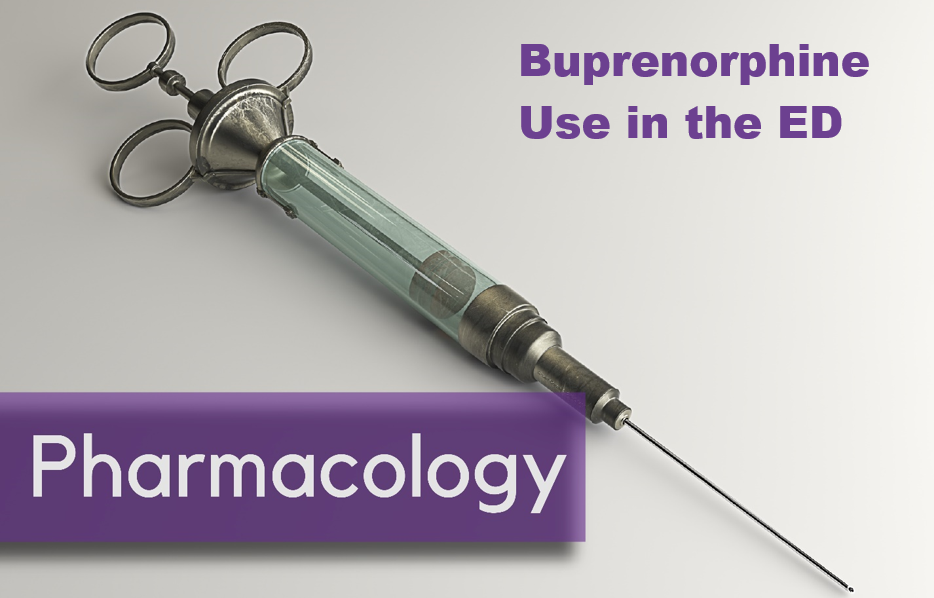Written by: Kumar Gandhi, MD, MPH (NUEM PGY-2) Edited by: Andrew Moore, MD, MS (NUEM PGY-4) Expert Commentary by: Aaron Kraut, MD
Case Scenario
18 y.o. female with history of asthma and multiple food allergies presents with rash and
shortness of breath following ingestion of assortment of cookies at a Halloween party. A diffuse erythematous pruritic rash started fifteen minutes following the ingestion of cookies. Associated symptoms include tingling in the back of the throat and wheezing. The patient reports one prior episode requiring use of an EpiPen, but she never refilled her prescription.
Vitals: HR: 90, RR: 25, BP: 105/70, Temp: 98.6, SpO2: 97% on room air
Pertinent findings on physical exam include:
- Mild pharyngeal edema with no uvular deviation.
- Moderatewheezing in bilateral lung fields
- Diffuse abdominal tenderness
- Blanching (urticarial) rash on the back,nabdomen, axilla, femoral creases, and posterior legs.
An Epi-Pen injection in the right thigh, coupled with concomitant 125mg of methylprednisolone IV Push, 25mg of Benadryl IV push [1] results in decreased wheezing and resolution of the urticarial rash.
Now that the patient is stable we need to ask ourselves a few important questions:
- Was this an allergic reaction or anaphylaxis?
- When can we discharge the patient?
Anaphylaxis: Overview
Anaphylaxis is a life-threating systemic hypersensitivity reaction. Pathophysiology includes [1]:
- IgE-mediated Type 1 hypersensitivity reaction
- Degranulation of mast cells releases vasoactive mediators including histamine, prostaglandins, and leukotrienes
- Histamine mediates systemic vasodilation, cardiac contractility, and vascular permeability
- Leukotrienes mediate vascular permeability and in combination with prostaglandins cause bronchoconstriction
Common Triggers:
- Foods: Peanut, tree nut, shellfish, finned fish, milk, egg
- Insects: Insect stings and Insect bites
- Medications: Antibiotics, Aspirin, and NSAID’s
- Biologic materials: Monoclonal antibodies, chemotherapy, vaccines
- Physical Factors: Exercise, cold, heat
- Iatrogenic: Latex and radiocontrast agents
Signs and Symptoms of Anaphylaxis [2]:
- Skin and mucosal symptoms occur in 90% of episodes
- Respiratory symptoms and signs occur in up to 70% of episodes
- GI symptoms such as nausea, vomiting, and diarrhea occur in 45% of episodes
- Cardiovascular symptoms such syncope, dizziness, and tachycardia can occur in 45% of episodes
NIAID/FAAN Criteria for the Diagnosis of Anaphylaxis [3]
Diagnosis of Anaphylaxis:
- Anaphylaxis is primarily a clinical diagnosis.
- Diagnosis of anaphylaxis is made when any one of three NIAID/FAAN diagnostic criteria are fulfilled.
A 2012 retrospective cohort study of the NIAID/FAAN criteria demonstrated 97% sensitivity and 82% specificity for the diagnosis of anaphylaxis in 214 ED patients [3].
What is Biphasic Anaphylaxis?
Biphasic anaphylaxis is an anaphylactic episode followed by an asymptomatic period with return of anaphylactic symptoms in the absence of further exposure to the triggering antigen [4]. Incidence of secondary reaction following primary anaphylactic reaction can range from 1% to 23%, and
occurs in up to 23% of adults and up to 11% of children. [4] [5] [6]. The time interval from primary to secondary reaction ranges from 1 to 72 hours, though predominantly occurs within 8 hours of primary event [6].
Risk Factors for Biphasic Anaphylaxis
Predicting the occurrence of a biphasic reaction poses a diagnostic challenge. Previously studied risk factors for the development of biphasic anaphylaxis include [4]:
- Severity of the primary anaphylactic reaction
- Time from exposure of antigen to development of the primary response
- Presence of hypotension or laryngeal edema
- History of a previous biphasic reaction or asthma
- Time to delivery of epinephrine for primary anaphylaxis [7]
- Initial dosing of epinephrine in treatment of primary anaphylaxis [8]
How long should we watch patients?
Previous Practice
World Allergy Organization 2011 guidelines recommend an individualized approach, ranging from at
least 4 hours for patients with moderate respiratory or cardiovascular compromise to up to 8-10 hours or
longer if indicated for a protracted anaphylactic response. [9]
Often referenced in the anaphylactic observation time conundrum, Ellis et al. performed a 3-year
prospective study in a Canadian tertiary hospital, which found 103 cases of true anaphylaxis with a
19.4% occurrence of biphasic reactivity and an average time of secondary reaction onset of 10 hours.
Biphasic reactivity occurred in 60% cases before 10 hours [8]. The increased prevalence of biphasic reactions in this study is likely secondary to inclusion of all biphasic reactivity, including recurrent minor reactions and reactions that were not truly biphasic requiring epinephrine. [8] [10].
Current Literature
New literature indicates a much lower prevalence of clinically significant biphasic anaphylaxis. Gruanau et al. performed a retrospective chart review of 2,819 adult ED patients at two large urban ED’s
over a five-year span. 496 patients were classified as anaphylactic, of the total number of anaphylactic
patients evaluated only 5 (0.18%) had clinically significant biphasic reactions and zero mortality. Of the 3
patients that actually left the ED, the biphasic reaction occurred up to 6-days post-discharge, indicating
these reactions could occur at any time after discharge. This study concluded given such a low prevalence
of biphasic anaphylaxis, zero mortality, and variability in time to the secondary reaction it is unnecessary
to observe patients following resolution of symptoms [10] [11] [12].
Rohacek M et al. also performed a retrospective chart review 1,334 adult ED patients in a Swiss tertiary
care hospital over a 12-year span. 495 patients met the diagnosis of anaphylaxis, of which only 12 (2.3%)
were clinically significant anaphylactic reactions, with only 2 (0.36%) occurring in the hospital. Similar to
the Gruanau et al. study there were no deaths during the 10-day follow-up period. The study also
demonstrated no difference in the biphasic response rate for those patients watched for less than 8-
hours vs greater than 8 hours. [10] [13].
The new literature indicates a prevalence of 0.18%-2.3% clinically significant biphasic anaphylactic
reactions and zero mortality over the 4100 patients who were included in both studies. This indicates it is
likely safe to discharge patients home following resolution of their anaphylactic episode.
Recommendations/Take Home Points
Consider 1-hour observation period following resolution of symptoms for those patients [10]:
- Promptly and adequately treated with Epi-Pen and demonstrate early resolution of symptoms
- Patients who can be trusted with strong return precautions and with ability to access medical interventions should a biphasic response occur and demonstrate competence with utilizing an Epi-Pen at home [9]
- 1-hour observation period is to ensure no recurrence of anaphylaxis following complete metabolism of epinephrine [10]
Consider observation time of 4-8 hours for those patients with:
- Previous episodes of biphasic anaphylaxis or history of asthma [4]
- Anaphylaxis with severe features including refractory hypotension, laryngeal edema, and respiratory compromise [4]
- Patients who may have experienced significant delays in treatment with epinephrine or received a subtheraputic initial dose of epinephrine [7] [8]
Anaphylaxis Discharge Instructions
The discharge process presents a critical opportunity to educate patients about the signs and symptoms of a potential biphasic episode of anaphylaxis as well as provide the necessary education and tools for a patient to quickly intervene should a future episode of anaphylaxis occur. Per World Allergy Organization guidelines for the assessment and management of anaphylaxis, discharge management should include [9]:
World Allergy Organization Discharge Management Guidelines [9]
Expert Commentary
This is a great summary of an important and controversial topic. In my relatively short career as an emergency physician, I’ve probably heard 17 different answers to the seemingly simple question of how long to observe someone with anaphylaxis in the ED.
You did a very nice job of summarizing the best available evidence to guide our practice as emergency physicians. A few key points I’ll highlight again for emphasis:
Not all allergic reactions are anaphylaxis- in a nutshell, you need multisystem organ involvement (usually skin/mucosa +respiratory or GI) or skin/mucosal involvement and hypotension to have anaphylaxis.
Severe biphasic responses are RARE and vary greatly in their time to onset
One of my biggest take homes on this topic comes from the Grunau 2014 Annals of EM article. In that study, all of the severe/clinically significant biphasic anaphylactic reactions occurred in patients who did not meet the diagnostic criteria for anaphylaxis on their initial ED visit. In my mind, this represents a huge opportunity for education and preemptive intervention in our emergency department patients who present with moderate/severe allergic reactions in general.
If I treat a patient for a moderate/severe allergic reaction with diphenhydramine and steroids, I universally discharge that patient with a prescription for an EpiPen and an explicit warning about the rare event of a biphasic reaction. Ideally, if they are one of those rare few who has a biphasic reaction because of an ‘inadequately treated’ initial reaction (one of the risk factors for a biphasic reaction), I’d like them to be able to administer life-saving epinephrine before they arrive back to the ED.
As far as the question of how long to observe once we’ve pulled the trigger on IM epinephrine in the ED, there is still no magic formula despite the several well-conducted studies you’ve reviewed here.
For me, it comes back to patient education. Since we know we cannot reliably predict the time to onset of biphasic symptoms, I do not put a strict time limit on patient observation after Epi administration. However, I will offer several criteria that a patient must meet before I’m comfortable with discharge.
- Objective airway findings must be resolved (uvular, lip/tongue edema, change in voice)
- Skin findings must be stable or improving
- Hemodynamics must be normal
Some patients may satisfy those criteria 45 minutes after Epi administration, while others may take 120 minutes or longer. If my patient has worsening skin findings or continued objective airway findings at >120minutes, I will usually admit them for close monitoring and consideration of repeat epi dosing.
If a patient meets the aforementioned discharge criteria, then it’s time for the education piece. If I know that the patient understands the signs and symptoms of a recurrent or biphasic anaphylactic reaction, has an Epi-Pen and knows how to use it, and understands that he/she must return to the ED immediately if he/she uses the Epi-Pen, I will discharge the patient as early as 40min-1hr after ED arrival. My thought is that there isn’t much to be gained from observation, where any worsening of symptoms would prompt re-administration of epinephrine (which the patient can accomplish themselves). The key, however, is that the patient understands the necessity of immediately returning to the ED upon re-dosing of epinephrine.
Finally, I am not personally a fan of the 4-8 hour observation, as I don’t believe there is much to be gained by keeping a patient in the ED for that amount of time. Either they respond to epinephrine and rapidly improve, or they do not respond and require repeated dosing or close airway monitoring/intervention for continued objective airway involvement. I’ll decide to admit many of these patients within the first 15 minutes of their ED stay. These rapid “decision to admit” patients also include those with anaphylactic shock (persistent hypotension or altered mental status/end-organ dysfunction), or severe objective airway findings (e.g. stridor, hypoxemia) on ED arrival.
And with that, you have an 18th different answer to the question of how long to observe someone with anaphylaxis in the ED. But do remember that biphasic anaphylaxis can also occur in patients who did not present with frank anaphylaxis on their initial ED visit. Be mindful of your discharge instructions for all allergic reactions and consider prescribing Epi-Pens to those whom you treat with diphenhydramine and steroids.
Aaron Kraut, MD
Assistant Professor, Assistant Program Director, University of Wisconsin Emergency Medicine
Posts You May Also Enjoy
How to cite this post
[Peer-Reviewed, Web Publication] Gandhi K, Moore A (2017, Sep 12). The Waiting Game: Biphasic Anaphylaxis. [NUEM Blog. Expert Commentary By Kraut A]. Retrieved from http://www.nuemblog.com/blog/anaphylaxis
References
- Adams, James “immune System Disorders. “Emergency Medicine: Clinical Essentials. Philadelphia, PA: Elsevier/Saunders, 2013 924-28. Print.
- Lieberman P, Nicklas RA, Randolph C, et al. Anaphylaxis--a practice parameter update 2015. Ann Allergy Asthma Immunol 2015; 115:341.
- Campbell RL, Hagan JB, Manivannan V, et al. Evaluation of national institute of allergy and infectious diseases/food allergy and anaphylaxis network criteria for the diagnosis of anaphylaxis in emergency department patients. J Allergy Clin Immunol 2012; 129:748
- Lieberman P. Biphasic anaphylactic reactions. Ann Allergy Asthma Immunol. 2005;95:217e226. III
- Rohacek, M, H Edenhofer, A Bircher, and R Bingisser. 2014. Biphasic anaphylactic reactions: occurrence and mortality. Allergy, no. 6 ( 12). doi:10.1111/all.12404.
- Tole JW, Lieberman P. Biphasic anaphylaxis: review of incidence, clinical predictors, and observation recommendations. Immunol Allergy Clin North Am 2007;27:309–326.
- Lee JM, Greenes DS. Biphasic anaphylactic reactions in pediatrics. Pediatrics 2000; 106:762.
- Ellis AK, Day JH. Incidence and characteristics of biphasic anaphylaxis: a prospective evaluation of 103 patients. Ann Allergy Asthma Immunol 2007; 98:64.
- Simons FE, Ardusso LR, Bilo MB, El-Gamal YM, Ledford DK, Ring J et al. World allergy organization guidelines for the assessment and management of anaphylaxis. World Allergy Organ J 2011;4:13–37.
- Swaminathan, Anand, and Salim Rezaie. "REBELcast Episode 1." Audio blog post. REBEL E.M. N.p., 1 July 2014. Web.
- Grunau BE et al. Incidence of Clinically Important Biphasic Reactions in Emergency Department Patients with Allergic Reactions or Anaphylaxis.
- Swaminathan, Anand. "SGEM#57: Should I Stay or Should I Go (Biphasic Anaphylactic Response)." Blog post. N.p., 13 Dec. 2013. Web.
- Rohacek, M, H Edenhofer, A Bircher, and R Bingisser. 2014. Biphasic anaphylactic reactions: occurrence and mortality. Allergy, no. 6 ( 12). doi:10.1111/all.12404.














